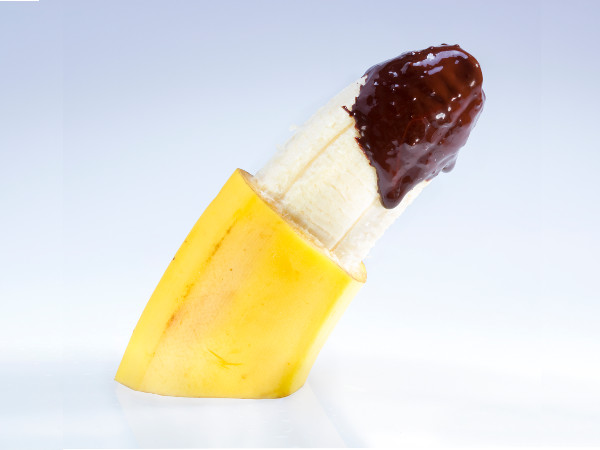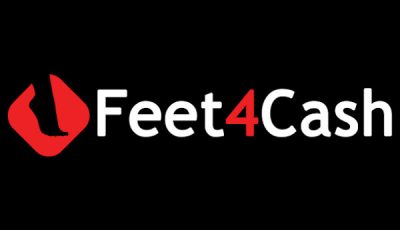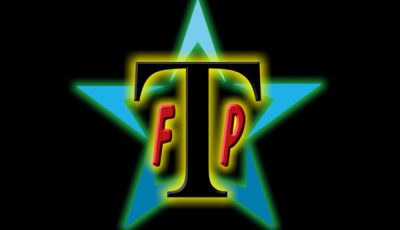Finally, an Important Debate about Porn
 MANHATTAN, Kan. – For a subject hardly anyone spoke about publicly for decades, there’s certainly a lot of debate surrounding porn these days.
MANHATTAN, Kan. – For a subject hardly anyone spoke about publicly for decades, there’s certainly a lot of debate surrounding porn these days.
Does watching it make a person more likely to commit sex crimes, or less likely? Is porn just harmless fun, or a public health crisis? Should porn be treated like any other expressive medium and broadly protected by the First Amendment, or should it be restricted and regulated more like a controlled substance?
While these are important questions, they pale in significance when compared to the most serious porn question facing the world today: How and when should the term be applied to the presentation of food?
For Kansas State University communication studies professor William Taylor, the answer is “never.”
The word “porn,” Taylor argues, is inherently connected to sexual arousal, while taking and looking at high-quality pictures of food doesn’t represent titillating behavior.
Taylor soon will be making his case by presenting a paper to the Seventh International Conference on Food Studies. In his paper, Taylor argues for shifting away from using the phrase “food porn,” advocating for terms like “food voyeurism” or “food exhibitionism” instead of the objectionable “porn” descriptor.
“The paper itself looks at the moniker ‘porn’ as it relates to things like posting on Instagram or taking a picture of a meal you just made,” Taylor said. “It’s odd that I got a rhetoric paper in there [the conference]. I’m hoping that means they liked it.”
Taylor’s argument may strike some people as a trivial thing, a sideshow, or even a distraction from the weightier porn debates taking place in legislatures and lecture halls around the country. For those who care about both porn and precise use of language, though, his point is a crucial one.
However, if I were Taylor I’d take a different tack. Instead of arguing “food porn” inappropriately conjures a sexual connotation, I would argue it fundamentally damages our collective communication about the subject of porn.
To me, it’s quite simple: A nice serving of well-garnished lasagna on a dinner plate is just a picture of food, while a picture of the same piece of lasagna spread all over an attractive woman’s naked breasts is “food porn.”
Calling the picture of the lasagna by itself “food porn” creates an expectation in me, the photo-viewer, that I’m about to be presented with an image to which I might like to masturbate. To then be met with nothing but some cheese-topped noodles in red sauce causes a form of cognitive dissonance I can only describe as “blue brain.”
While any image can be porn in the eye of the beholder (which might explain why certain friends of mine still have ancient copies of the Sears catalog stashed in the drawers of their nightstands), only sexually-explicit pictures can be considered inherently pornographic.
Again, it’s not complicated. While many foot fetishists can get off to nothing more than a simple video of someone’s foot, unless a third party comes along and rubs their genitals on the foot, or projects a bodily fluid onto the foot, or takes the foot into his or her mouth, or maybe fits a tiny little lace teddy onto the foot, the foot video is just a video of a foot.
The flip side of this debate, from an individual web user’s perspective, is that when it comes to catchy terms to describe food photography, both “food voyeurism” and “food exhibitionism” leave a lot to be desired.
“When I say ‘food voyeurism,’ it’s like I’m going to a five-star restaurant where my food costs more than my shoes,” observed foot photographer Nolen Yapp, who thinks Taylor’s suggested terms might not catch on in the social media world.
For Taylor, however, just starting the conversation seems to be an accomplishment of his immediate goal. In part, this is because he says his argument is aimed more at the academic community than social media users who employ the “food porn’ term from day to day.
“As a researcher, or a communications scholar, it’s important to have a basis for the claims that we’re making and the things that we’re studying,” Taylor said. “This (food porn) phenomenon is accessed on a daily basis by hundreds of thousands of people.”
Yes Bill, it is important … to researchers and communications scholars, that is.
To the rest of us, it all sounds a lot like “academic masturbation.” Or should that be “scholarly onanism?”













